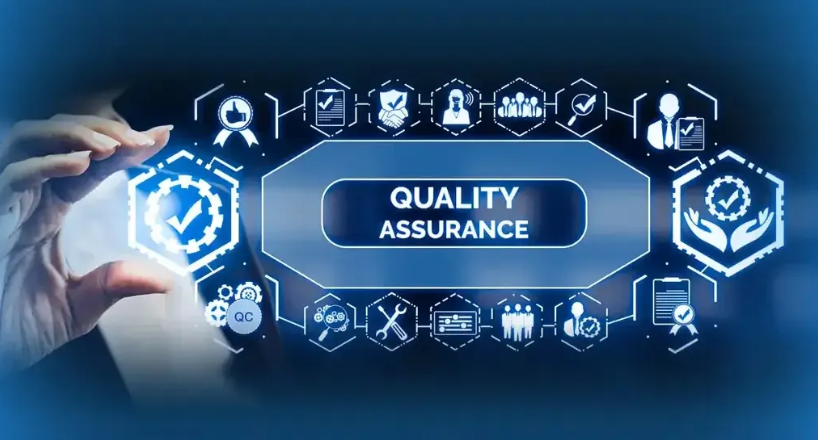Quality Assurance (QA) in software development is a systematic process designed to evaluate software quality and ensure it meets the required standards. This critical function not only aims to detect software defects but also helps prevent them, ensuring that the end product is reliable, functional, and user-friendly. The role of QA extends beyond simple testing, encompassing all aspects of the software development lifecycle to enhance product quality and reliability.
The Goals of Quality Assurance
The primary goals of QA in software testing are multi-fold and pivotal for the success of any software project:
- Conformance to Requirements: QA ensures that the software product meets the predefined specifications and user expectations.
- Defect Prevention: By identifying issues early in the development process, QA helps minimize bugs in the final product.
- Quality Enhancement: Through continuous testing and refinement, QA enhances the overall quality of the software, ensuring it is efficient, effective, and reliable.
- Compliance Assurance: QA verifies that the software complies with regulatory standards, which is crucial for software deployed in highly regulated industries.
The QA Process: Key Components
The QA process is comprehensive and involves several key components that ensure thorough testing and quality management:
Test Planning
Test planning is the foundation of effective QA and involves defining the testing activities’ objectives, scope, resources, and timeline. It ensures that the test suites are aligned with the project goals and the risks associated with the software.
Test Design
This phase involves creating detailed test cases and scripts based on the software requirements. These documents will guide the testing process and cover all aspects of the software’s functionality.
Test Execution
During test execution, QA engineers run the tests using test automation tools according to the plan and scripts, logging the outcomes and discrepancies observed compared to the expected results.
Result Analysis
Analyzing the test results is crucial for understanding the software’s defects and issues. This analysis helps pinpoint areas for improvement and refine the development process.
Bug Tracking
Managing detected bugs is essential for efficient resolution and retesting. Bug tracking tools record, prioritize, and track the progress of resolving issues found during testing.
Benefits of Implementing a Robust QA Process
Implementing a robust QA process brings several benefits to software development:
- Cost Reduction: Early detection of defects reduces the cost of fixing bugs after deployment.
- Customer Satisfaction: High-quality products lead to higher customer satisfaction and loyalty.
- Confidence: Reliable and thoroughly tested software boosts the confidence of both the development team and the stakeholders.
- Case Studies: Numerous success stories highlight how effective QA processes have saved projects from potential failure by catching critical bugs early.
Challenges in QA and How to Overcome Them
Despite its benefits, QA faces several challenges:
- Evolving Requirements: Constant changes in software requirements can make existing tests obsolete. Regular updates to test plans and flexibility in test design are essential.
- Resource Limitations: Achieving comprehensive test coverage with limited resources can be challenging. Prioritizing test cases based on risk and impact can help manage this.
- Technological Integration: Adopting new technologies into the QA process requires ongoing learning and adaptation. Continuous training and upgrades in tools and practices are necessary to stay effective.
QA Best Practices
Some of the best practices in QA include:
- Test-Driven Development (TDD): This approach emphasizes writing tests before writing the code.
- Continuous Integration/Continuous Delivery (CI/CD): Integrating QA into the CI/CD pipeline ensures that new changes are automatically tested, improving the speed and quality of delivery.
- Automation: Automated testing tools can greatly enhance the speed and reach of testing efforts, covering more ground with fewer resources.
The Future of QA in Software Testing
The future of QA is shaped by advancements such as artificial intelligence (AI) and predictive analytics, which promise to transform traditional testing methodologies. Integrating security testing into QA processes is becoming increasingly important as cyber threats evolve.
Conclusion
QA is an indispensable part of the software development lifecycle. Its rigorous processes ensure that the final products are not only devoid of defects but also align with user expectations and compliance requirements. As software development continues to evolve, so too will QA, adapting to new challenges and technologies to ensure the delivery of superior software products.



